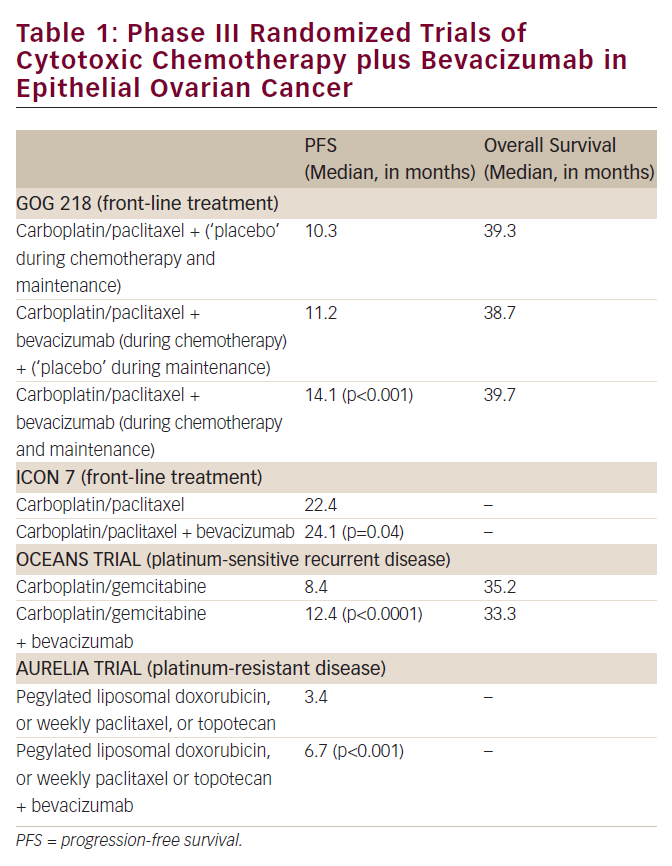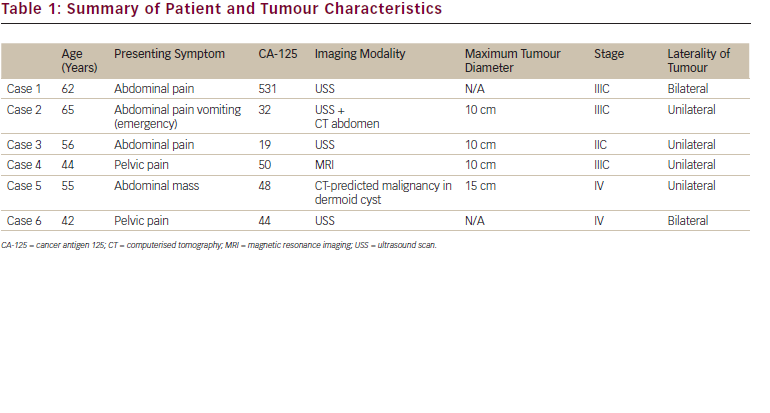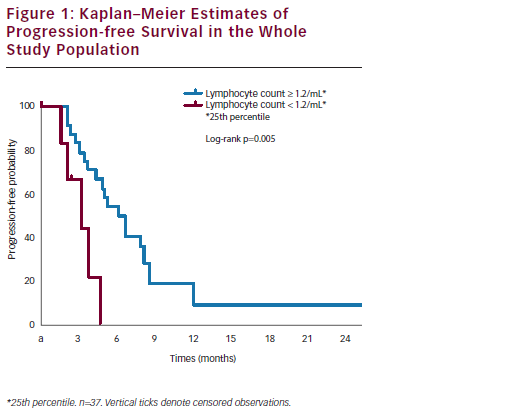Welcome to this issue of European Oncology. Like the successful previous editions, this publication endeavours to provide the reader with salient and informative topics, featuring a series of articles that discuss and review many important issues relevant to oncologists and physicians throughout Europe, and indeed globally.
In the ‘Current Issues’ section, Denis Talbot et al. discuss survivin, which has been shown to be upregulated in many cancer types while being minimally expressed in normal adult tissue. These authors review the roles of survivin in mitosis and apoptosis, its regulation and the pre-clinical and clinical data on the emerging survivin-directed therapies.
Agnes Czimbalmos and Andrew Bottomley review the application of patient-reported outcomes in clinical care and consider its benefits, challenges and potential improvements in the ‘Supportive Oncology’ section. They address major concerns that, despite the wide use of information-gathering questionnaires and their promising results, it is still a challenge to predict the full value of these measures in clinical care.
Christian Jackisch et al. discuss the evolution of the 21-gene assay Oncotype DX® from an experimental assay to an instrument assisting in risk prediction and optimisation of treatment decision-making in early breast cancer.
In the ‘Colorectal Cancer’ section, Matteo Landriscina et al. discuss the role of the thrombin receptor activating peptide 1 (TRAP1)/heat shock protein 90 (HSP90) anti-apoptotic pathway, which is involved in drug resistance and may became a novelpotential molecular target to improve the efficacy of drug therapies in human colorectal carcinoma.
Mustafa Ozturk and Fikret Arpaci review the comparative efficacy of reduced or standard doses of lenograstim for peripheral blood stem cell mobilisation and transplantation in the ‘Haematological Cancer’ section. Jesús San-Miguel states that the outcome for myeloma patients has significantly improved over the last decade, and he goes on to discuss therapeutic approaches in the newly diagnosed myeloma patient.
John Bean et al. discuss the Imaging Programme of the European Organisation for Research and Treatment of Cancer, which is dedicated to improving the quality and consistency of evaluation of cancer treatment within its clinical trials through the incorporation of imaging technologies used for treatment definition for radiotherapy, staging, prediction and evaluation of response or pathology.
European Oncology would like to thank everyone involved for successfully providing these and other interesting and informative expert discussions on a variety of oncological topics that warrant our debate, time and attention. We would like to thank the organisations, media partners and Editorial Board for their continued support, and also extend our gratitude to the individual authors for their time and effort, which has resulted in a selection of excellent articles. We trust you will find this edition an informative and enjoyable read. ■







